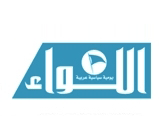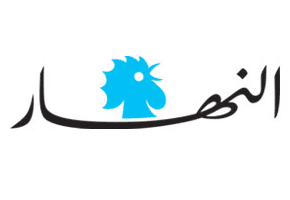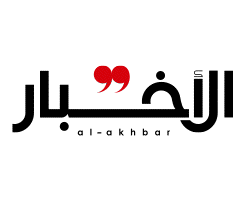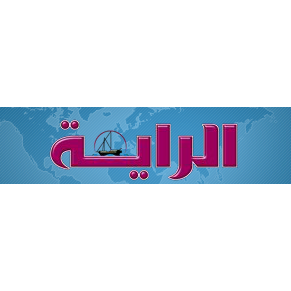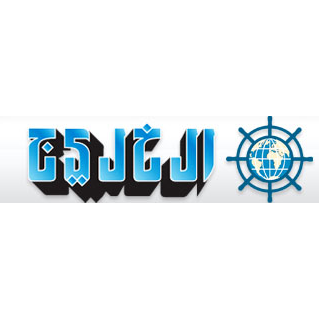Iran’s role in the Middle East grows
Rami G. Khouri
21 مايو 2014

The Daily Star
A few months ago we pretty much hit the bottom in violence and political discord across the entire Middle East, with active wars and insurgencies and daily terrorism defining many quarters of the region.
The heartland of political violence has been the vast area covering Lebanon, Syria, Iraq, and Iran, which effectively has become a single operational arena in terms of the ease of movement of fighters and weapons for those who do battle around here.
The low point came in December last year, when violence in Syria and Iraq spiked, and major bombings killed dozens of people in Beirut and other parts of Lebanon. The bombing locations reflected the main protagonists in the fighting inside Lebanon and the regional patrons of those bombing or being bombed in Lebanon, namely Saudi Arabia and Iran. Political leaders on all sides were frightened by the deaths of dozens of people at the Iranian Embassy, public areas in Hezbollah’s political heartland in Beirut’s southern suburbs, and the discovery of explosives in a car in West Beirut, where the Saudi-supported followers of Saad Hariri are based. Fear set in all around, because former red lines had been breached, and everyone became fair game for assassination.
Since then, things appear to have improved on some fronts, and the regional linkages are critical to this. As I have long anticipated, we are now witnessing serious signs of change for the better on two of the three most important state-to-state relationships that shape the condition and future of the Middle East. These two are Iran-United States relations, in the context of negotiations between Iran and the P5+1 (the five permanent members of the United Nations Security Council plus Germany) over Iran’s nuclear industry and Western sanctions on Iran; and relations between Saudi Arabia and Iran. (The third critical relationship is the Arab-Israeli one, which has been placed on the back-burner until serious moves for the better take place.)
Iran-P5+1 negotiations are now in their final stretch as the parties are drafting a long-term agreement that recognizes Iran’s home-grown, uranium-enrichment-based nuclear industry for peaceful purposes while removing international sanctions. In an apparent response to this, Saudi Arabia has invited Iran’s foreign minister to visit Riyadh. These long-overdue developments are to be applauded and built upon to bring the Middle East back to something resembling normalcy.
Iran is the pivot of these two political dynamics that move together for the most part, and have one important thing in common: Saudi-Iranian and Iranian-Western tensions largely are houses of cards that are not anchored in real, tangible threats. Rather, they reflect perceived ideological threats and exaggerated concerns that primarily mirror the political insecurities and wildly overblown sense of honor on all sides.
If common sense and non-racist standards of legal compliance are followed, it remains inevitable that Iran would work out its differences with the P5+1 powers and Saudi-Iranian relations would return to normal. I say there is no real conflict between Saudis and Iranians because these two countries do not threaten each other militarily or strategically, though they do react hysterically when they sense that the other is trying to undermine them ideologically throughout the region.
Tehran and Riyadh are both regional powers who must be able to protect their strategic interests in the region. They can best do this by having good relations, promoting the socioeconomic development of all other people in the area, and, together, with smaller partner-states, agreeing on a regional security framework that would be similar to the Helsinki Agreement worked out by the United States and Soviet Union in the 1970s.
The same thing applies to Iranian-Western and Iranian-P5+1 relations. These should be anchored in economic and trade ties that benefit everyone (similar to Turkey’s trajectory in the last three decades) on a foundation of mutual respect that does not treat Iran in a racist manner by subjecting it to nuclear limits that are not imposed on other countries.
Iran should be one of the pillars of Western engagement in the Middle East, given its tremendous human and material capabilities, convergence of values, and extensive regional links.
If, as I hope, Iranian-Western and Iranian-Saudi relations shift from confrontation to peaceful coexistence and then active cooperation, they will impact heavily and positively on conditions throughout the Arab region. Significant changes for the better in domestic and bilateral realms will be felt first in Lebanon, Syria and Iraq, which is a sad comment on those three countries’ stunted sovereignty. The citizens of these tortured lands will gain the most, as warmongers and political hucksters in Arab, Iranian, Israeli, American and other quarters succumb to the indomitable forces of decency and peaceful coexistence that define the vast majority of citizens in these lands.
 عن أمل جنبلاط المتجدد: لبنان يستحق النضال
عن أمل جنبلاط المتجدد: لبنان يستحق النضال
 صحافيون أم عرّافون!
صحافيون أم عرّافون!
 ماذا يجري داخل أروقة بيت الكتائب المركزي؟
ماذا يجري داخل أروقة بيت الكتائب المركزي؟
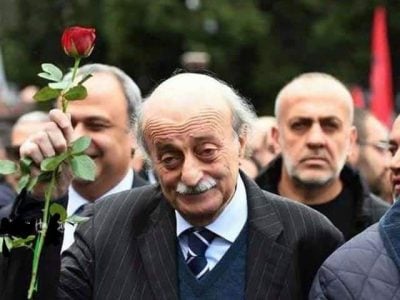

 عن الخرائط التي تُرسم والإتفاقات التي تتساقط!
عن الخرائط التي تُرسم والإتفاقات التي تتساقط!
 “الإنحراف في الحياة”/ بقلم كمال جنبلاط
“الإنحراف في الحياة”/ بقلم كمال جنبلاط
 هاشتاغ #صار_الوقت يحل أولاً في حلقة جنبلاط
هاشتاغ #صار_الوقت يحل أولاً في حلقة جنبلاط
 طاولة نقاش عن أزمة الصحافة في جامعة AUST
طاولة نقاش عن أزمة الصحافة في جامعة AUST
 عبدالله: ليظهر لنا وزير مكافحة الفساد حرصه في صفقات البواخر والفيول
عبدالله: ليظهر لنا وزير مكافحة الفساد حرصه في صفقات البواخر والفيول
 عبدالله: غريب أمر وزارة مكافحة الفساد!
عبدالله: غريب أمر وزارة مكافحة الفساد!
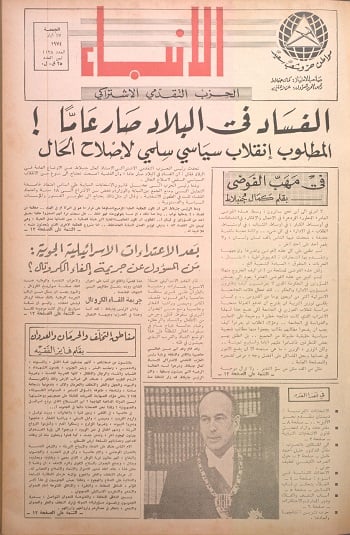
 Comment to Uri Avnery: How Sad What Is Looming Ahead
Comment to Uri Avnery: How Sad What Is Looming Ahead
 “Not Enough!”
“Not Enough!”
 … لمن لم يقرأ يوسف البعيني/ بقلم وسام شيّا
… لمن لم يقرأ يوسف البعيني/ بقلم وسام شيّا
 كمال جنبلاط في مولده الأول بعد المائة: تعاليمه وأفكاره ما زالت الحلّ/بقلم عزيز المتني
كمال جنبلاط في مولده الأول بعد المائة: تعاليمه وأفكاره ما زالت الحلّ/بقلم عزيز المتني
 رئيس حزب/ وليس (… سابقاً)/ بقلم د. خليل احمد خليل
رئيس حزب/ وليس (… سابقاً)/ بقلم د. خليل احمد خليل
 التوازن السياسي في لبنان
التوازن السياسي في لبنان
 لبنان… مشاريع انقلابية مؤجلة
لبنان… مشاريع انقلابية مؤجلة
 جنبلاط وحَمَلة أختام الكاوتشوك
جنبلاط وحَمَلة أختام الكاوتشوك
 Le Liban est un symbole de tolérance
Le Liban est un symbole de tolérance
 Our Automated Future
Our Automated Future
 The True Origins of ISIS
The True Origins of ISIS
 Les Misérables vs. Macron
Les Misérables vs. Macron
 عذراً أيها المعلم/ بقلم مهج شعبان
عذراً أيها المعلم/ بقلم مهج شعبان
 رساله الى المعلم / بقلم ابو عاصم
رساله الى المعلم / بقلم ابو عاصم
 إلى روح القائد والمعلم كمال جنبلاط/ بقلم أنور الدبيسي
إلى روح القائد والمعلم كمال جنبلاط/ بقلم أنور الدبيسي
 أسرار وعناوين الصحف ليوم الجمعة 14 كانون الاول 2018
أسرار وعناوين الصحف ليوم الجمعة 14 كانون الاول 2018






